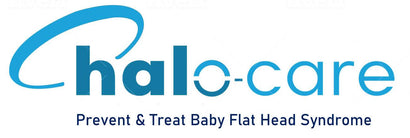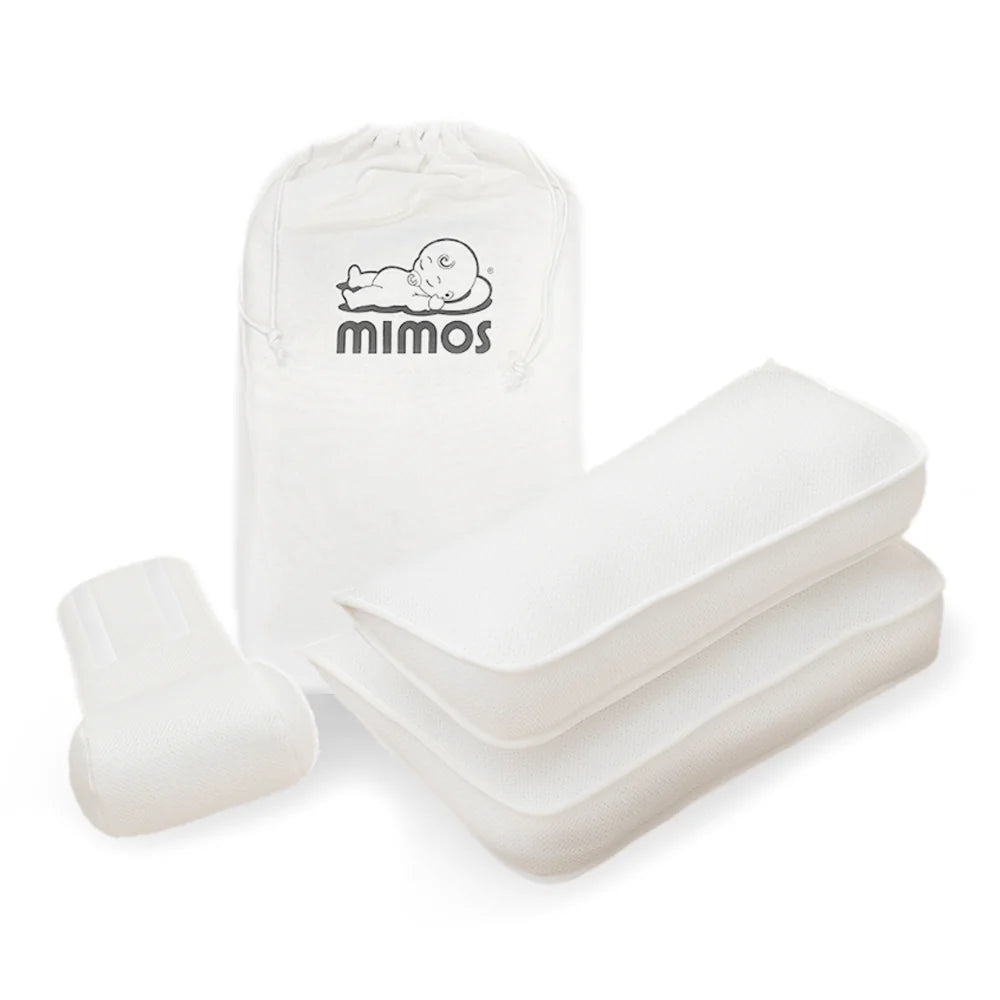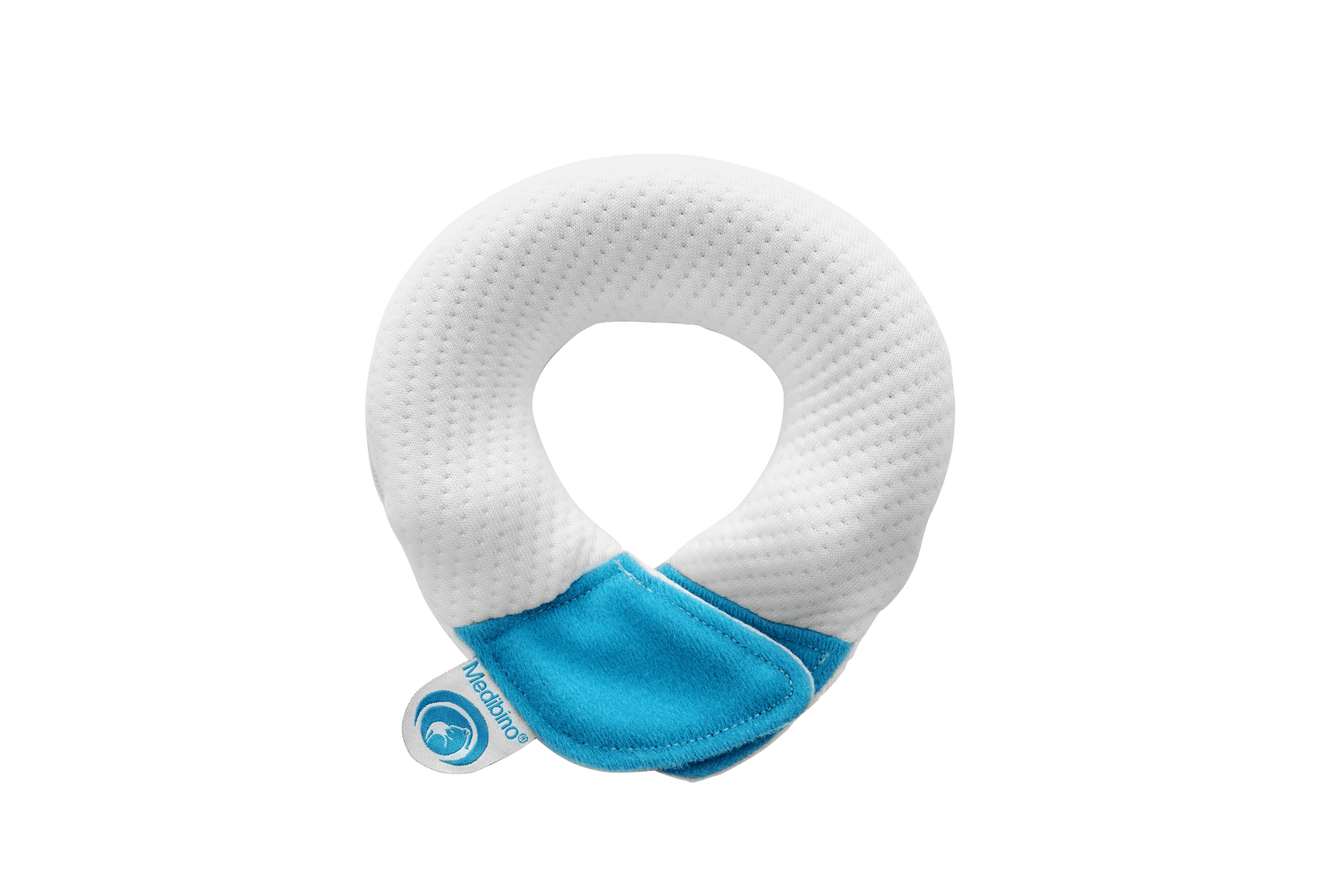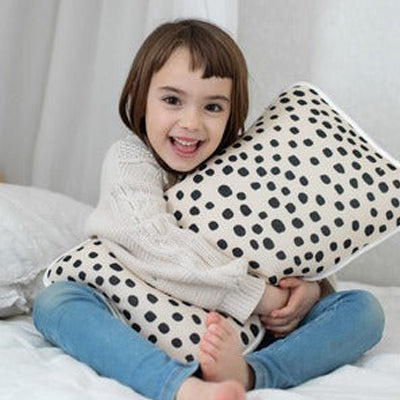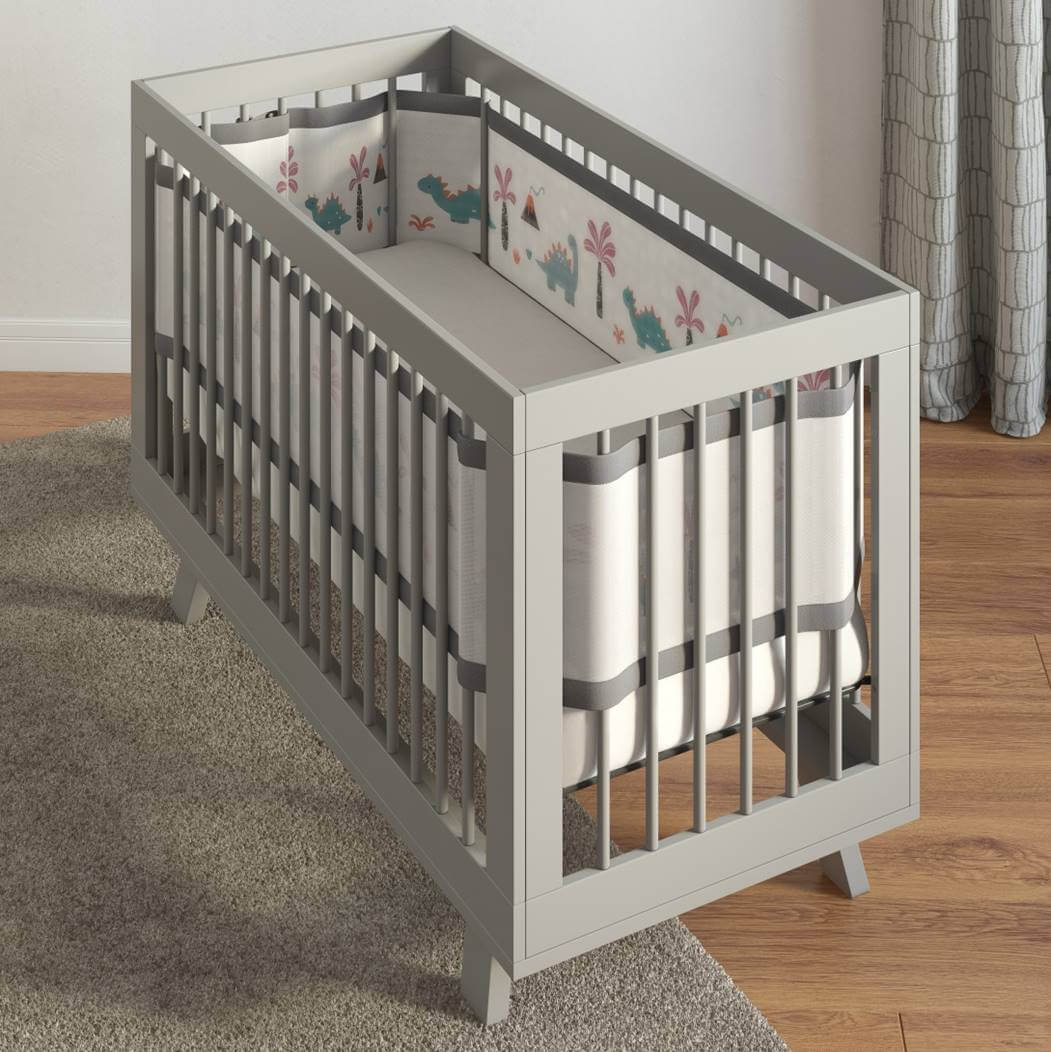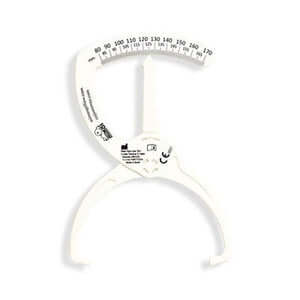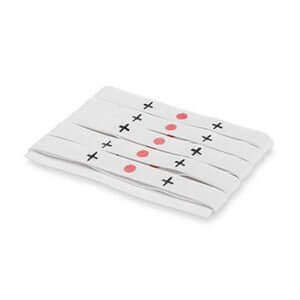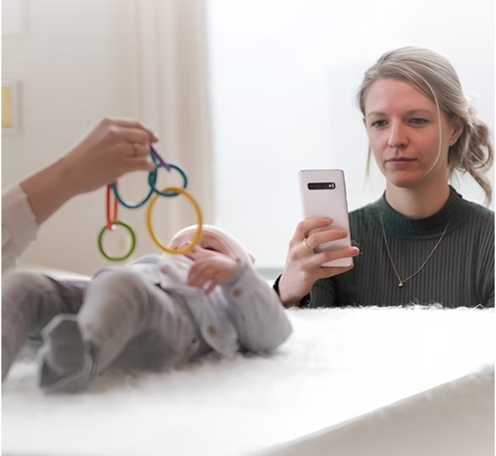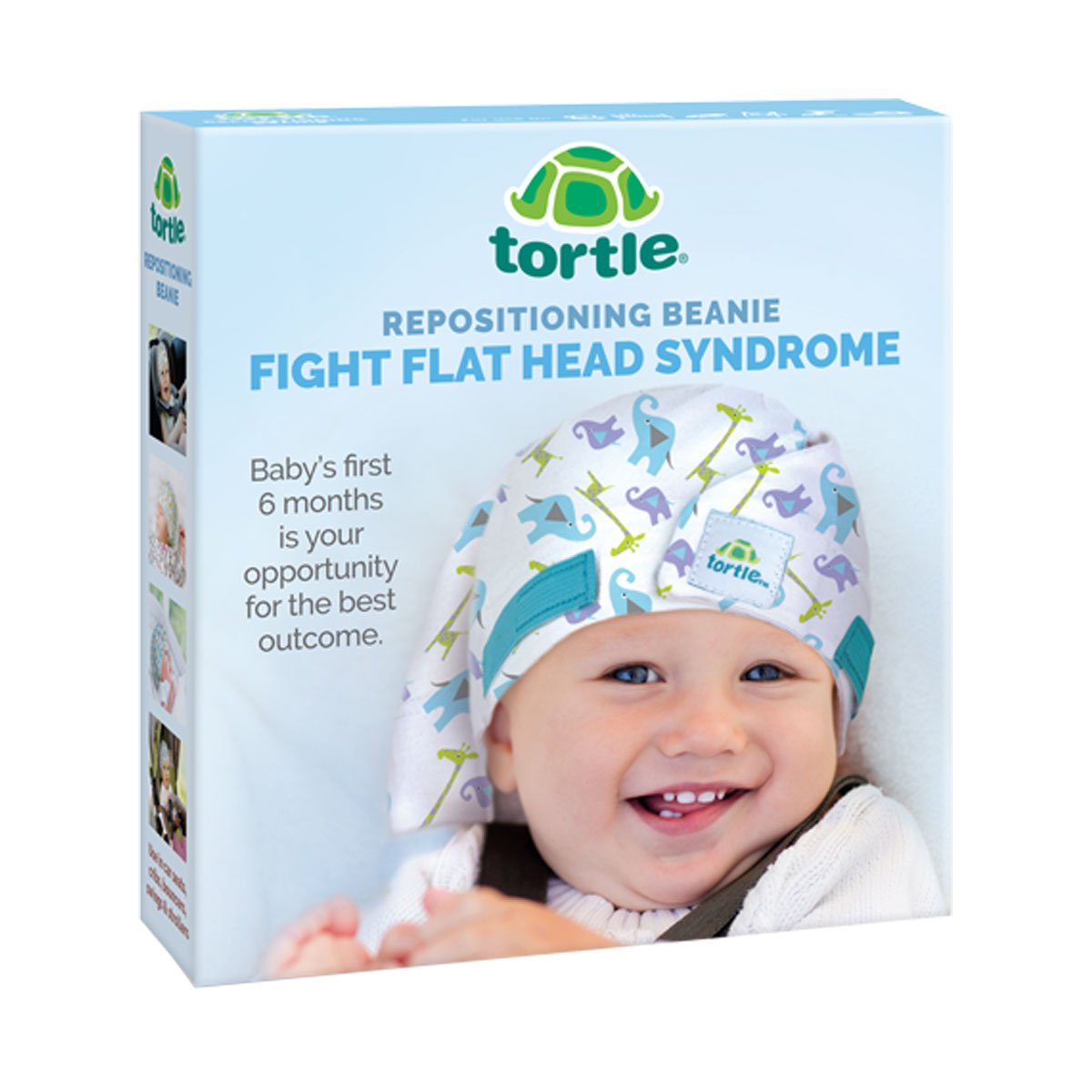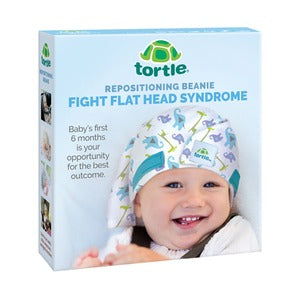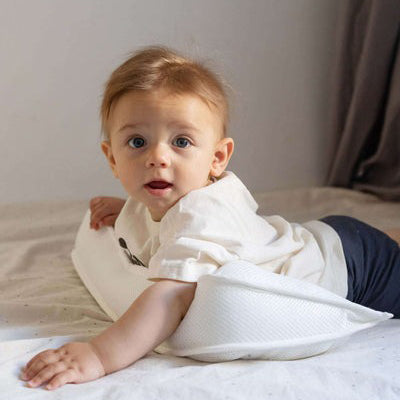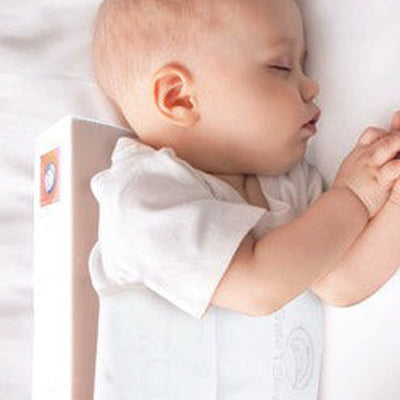Plagiocephaly
Bedding
Measurement
Torticollis
Positioning
Natural Baby Flat Head Prevention - R.E.D Techniques
February 02, 2024 4 min read
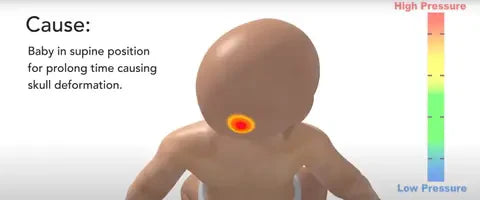
As a parent, you want nothing but the best for your baby. You strive to provide a safe and nurturing environment for their growth and development. However, one common issue that many parents face is the development of a flat head in their baby. This condition, known as plagiocephaly, occurs when a baby's head becomes flattened in one area due to prolonged pressure.
What causes baby flat head?
There are several factors that can contribute to the development of a flat head in babies. The most common cause is spending too much time in one position, such as lying on their back. Other factors include limited neck movement, premature birth, and multiple births.
Introducing the R.E.D techniques
To prevent and treat baby flat head, experts recommend the use of the R.E.D techniques: Repositioning, Ease the pressure, and Distribute the pressure.

Repositioning:
Repositioning is a crucial technique for parents to address their baby's natural sleeping preferences, this involves changing your baby's position regularly throughout the day. Changing positions helps alleviate pressure from flattened sides of the head avoiding constant pressure on one area.
Supervised Repositioning:
- Daytime: Actively lie your baby on the bulging side of the head on a firm mattress or playmat while in a supine position and supervised. Use a wedge, Tortle's beanie hat, or a rolled-up towel to provide additional support.
- Floor Playtime: Encouraging your baby to turn and look in different directions by changing the position of an engaging objects or using a toys to attract attention.
- Feeding time: Switch the side that you hold your baby on during feeding sessions. This can encourage them to look in different directions and reduce pressure on one side.
- Travelling : If you use a car seat or stroller, ensure you switch the direction your baby faces each time, especially on long journeys. You may use Tortle beanies hat to prop your baby in a different facing direction for short periods.
- Night Sleep: Place your baby on their back to sleep and alternate the direction their head faces during each feeding. While this approach aids in prevention, it may be less effective if your baby has already developed flatness or prefers sleeping on one side.
Rotation of Baby's Head (Torticollis):
- Why: Torticollis is commonly associated with Plagiocephaly. Up to 90% of babies with congenital muscular torticollis (CMT) also have some degree of plagiocephaly.
- How to Identify: Check if your baby has difficulty turning their head in different directions.
- Professional Guidance: Consult with physiotherapists, Osteopaths, or Chiropractors for professional assistance in addressing and strengthening neck muscles.
Ease the pressure:
One of the leading contributors to baby flat head syndrome is the convenience-driven lifestyle of busy parents. The ease of using pushchairs, prams, car seats, and bouncy chairs, while practical, can result in babies spending prolonged periods on their backs. This may contribute to the development of flat head syndrome. Recognising the challenges posed by today's fast-paced lifestyle, we encourage parents to be mindful and take intentional steps to alleviate this pressure.
Reduce Container Time:
- Why: Reduce the use of container-like baby equipment to reduce the pressure on their back and encourage more head movement.
- How: Limit the time your baby spends in pushchairs, prams, car seats, and bouncy chairs.
- Alternative: Whenever possible, opt for baby carriers or slings to hold your baby, promoting a more natural and varied positioning.
Prioritize Hugging and Holding:
- Why: Holding and hugging your baby frequently can significantly reduce the pressure on their back.
- How: Whenever possible, take breaks from baby equipment and spend quality time holding your baby.
- Tips: Incorporate skin-to-skin contact during cuddle times, fostering emotional bonding while also reducing pressure on the back.
Embrace TummyTime:
- Why: TummyTime is an effective way to relieve pressure on the back of the head and Support muscle development essential for sitting up and crawling.
- How: Begin TummyTime sessions early and gradually increase duration.
- Tools: Use a comfortable and safe playmat and Mimos® Play to make TummyTime enjoyable for your baby.
Distribute the pressure:
Another effective technique is to distribute the pressure on your baby's head. This can be achieved by using a variety of surfaces for playtime and rest, such as a specially design medical pillow, cushion, mattress or play mat. These products are designed to provide support and distribute pressure evenly. By changing the surface your baby lies on, you can help prevent and reduce the chance of development of a flat head.
Specially Designed Medical Pillow/Cushion:
- Why: Beyond four months, altering sleeping positions can be difficult; hence, a specially designed medical pillow is beneficial.
- How: Place your baby within the pillow's cavity to distribute the weight of their head over a larger area.
- Recommended Product: Consider using the Mimos pillow, a European CE-approved class I medical device. Its 3D spacer fabric ensures clinical efficacy and breathable safety. Alternatively, the Medibino cushion is suitable for smaller spaces and budgets.
Remember, prevention is key when it comes to baby flat head. By implementing the R.E.D techniques and being mindful of your baby's positioning, you can reduce the risk and promote healthy head shape development.
As a young parent, it's natural to worry about your baby's well-being. By taking proactive steps to prevent and treat baby flat head, you are ensuring your little one's healthy growth and development. Stay informed, stay vigilant, and give your baby the best start in life.
Note: If your baby is diagnosed with Craniosynostosis, corrective surgery may be necessary. If you have any concerns or questions, always consult a healthcare professional for personal advice and guidance.
Leave a comment
Comments will be approved before showing up.
Subscribe
Sign up to get the latest on sales, new releases and more …
